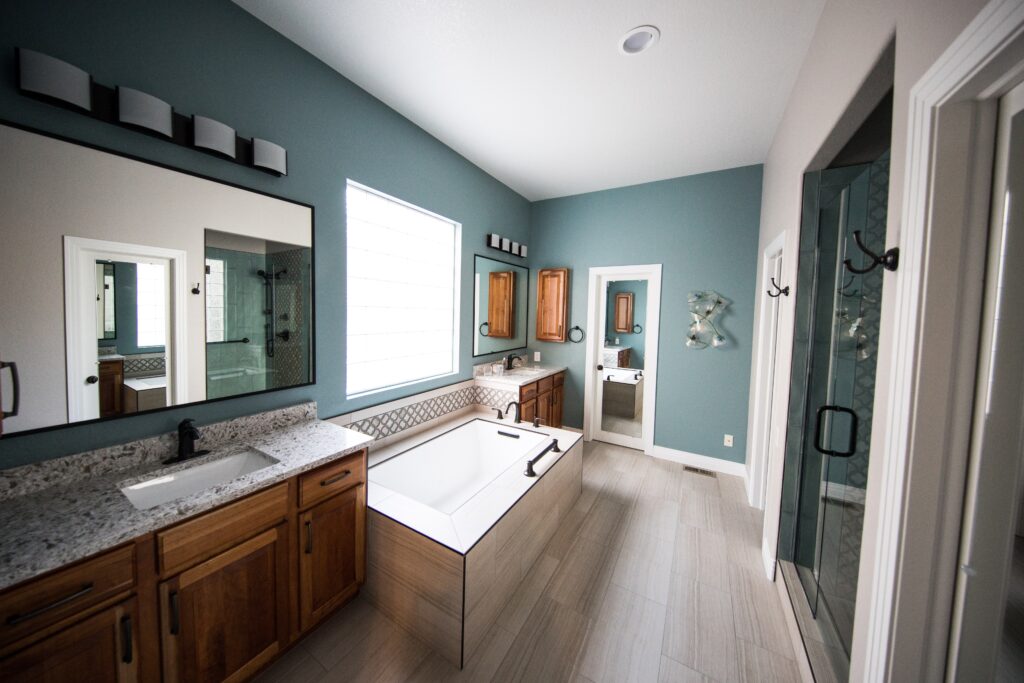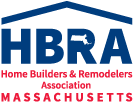 The number of baby boomers, people ages 65 and older, in the United States has increased steadily during the past century. Many baby boomers are in the process of deciding if they want to stay in their homes and remodel to accommodate their changing abilities. A recent National Association of Home Builders (NAHB) survey found that recent and prospective home buyers desire several accessibility features that are part of universal design.
The number of baby boomers, people ages 65 and older, in the United States has increased steadily during the past century. Many baby boomers are in the process of deciding if they want to stay in their homes and remodel to accommodate their changing abilities. A recent National Association of Home Builders (NAHB) survey found that recent and prospective home buyers desire several accessibility features that are part of universal design.
Universal design is the design of products and environments to be usable by all people, to the greatest extent possible, without the need for adaptation or specialized design. People who have different needs can all enjoy the same home, even when their needs change. Many concepts of universal design support ‘aging in place’ home modifications.
According to the survey, a strong majority (80%) of buyers wanted a full bath on the main level of their home, 42% of whom consider it so essential they would be highly unlikely to buy a home without it. A full bath on the main level has been the most wanted accessibility feature in every iteration of the NAHB survey going back to 2003.
The second and third most popular accessibility features are doorways at least 3 feet wide and hallways at least 4 feet wide, wanted by 77% and 73%, respectively, of home buyers.
Other accessibility features that ranked essential or desirable for a majority (more than 60%) of buyers are: non-slip floor surfaces (65%), an entrance without steps (64%), and bathroom aids, such as grab bars or seating in the shower (61%). The only accessibility feature wanted by less than a majority of buyers is lower countertops (43%).
Universal design is related to aging-in-place remodeling, and a Certified Aging-in-Place Specialist (CAPS) can help you remodel your home using universal design concepts. The NAHB Remodelers — in collaboration with Home Innovation Research Labs, NAHB 55+ Housing Council and AARP — developed the CAPS program to address the growing number of consumers who require these modifications.
Although most CAPS professionals are remodelers, an increasing number are general contractors, designers, architects, and health care consultants. To find a CAPS professional who can help you, contact your local association here.

